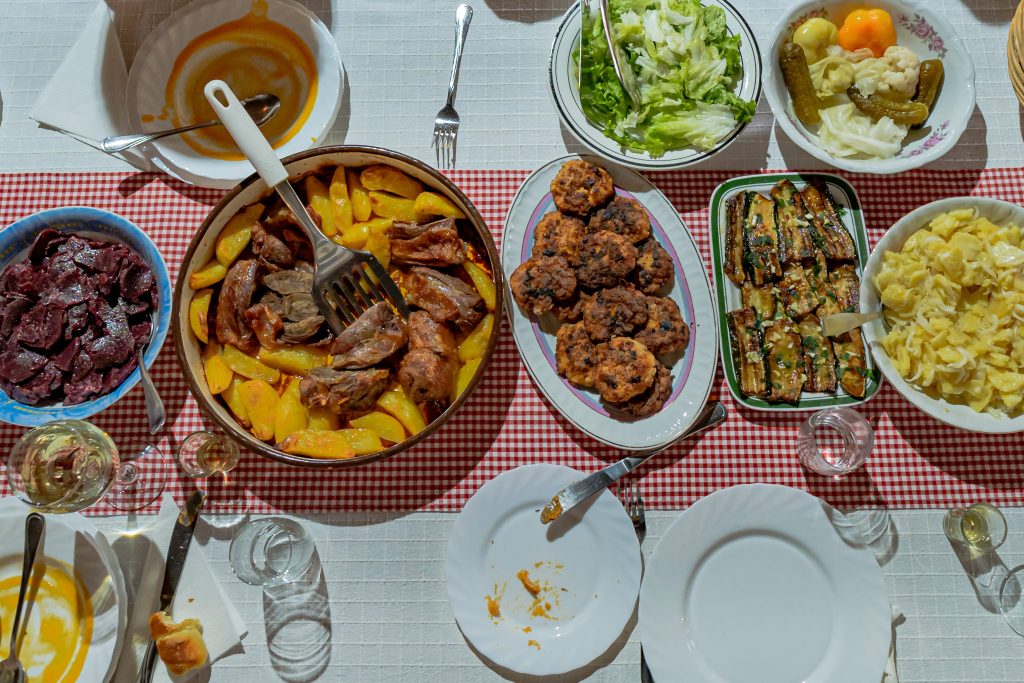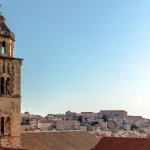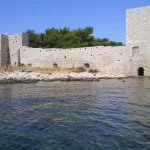Dalmatia, Istria, Lika, and Gorski Kotar are the Croatian regions most attractive for domestic tourists, with Slavonia following in the fourth place, while Zagreb is the urban centre that offers the most opportunities for shopping, culture, and entertainment.
At the same time, writes Poslovni, Istria did the best when it came to gastronomy and a longer tourist season, which is where Dalmatia and other destinations have enormous room for improvement. This was found in a survey conducted at the end of last year by the Improve agency in cooperation with BlueRock Consulting.
In the recently adopted Croatian tourism strategy until 2030, year-round and more regionally balanced tourism is set as one of the strategic goals, and it is thought that the unique tourist identity of certain regions should be developed, that is, the umbrella brand that connects tourist destinations. Accordingly, target groups of guests should be clearly defined, explains BRC.
The leaders
“The results show that the key brands are the tourist regions themselves, and there is no dilemma about the name of a particular tourist region either. Short and clear names were adopted, and regions were recognized as such. This is great for these tourist destinations and their further communication and the development of tourist products. It is great that Lika and Gorski Kotar are already almost as attractive to domestic tourists as developed coastal regions. Preservation of natural beauty is essential, but how much the other reasons for coming are lagging shows how wide the room for improvement is,” emphasizes Emanuel Tutek, a partner in BRC.
For Dalmatia, natural beauty is a far more important asset than cultural heritage and gastronomy. Admittedly, in comparison to Istria, entertainment facilities are somewhat more attractive in Dalmatia, while quality and attractive private accommodation is the slightly less attractive factor. In addition to peace and relaxation (79%), the most common associations of those who chose Dalmatia are fun and joy, more than other regions except Zagreb.
Istria is perfectly positioned as a gastronomic destination, rich in culture and natural beauty, and guests associate it with comfort and romance. The authors note that Istria most successfully promoted the breadth of its offer, as those who chose that region to cite relatively more different motivating factors.
The most common are natural beauties (80%), followed by gastronomy (62%) and culture (heritage or events, 56%). Quality and attractive private accommodation is the fourth most common factor. However, recreational or sports activities are rarely mentioned as the motivation for visiting Istria.
New discoveries
Among those who are attracted to this region, the top associations are peace and relaxation. More than other regions, it attracts people with higher household incomes and higher education as well. For Lika and Gorski Kotar, natural beauty and peace, and relaxation are the leading reasons for visiting, but the region stands out by associations with health and opportunities for recreational, sports, and adrenaline activities.
Associations that stand out more than in other regions are health, adventure, and adrenaline, but also peace and relaxation and “new discoveries.” In Slavonia, besides natural beauty, there is a very strong motivation for choosing gastronomy (61%), and it is just as strong as in the most successful region of Istria. Cultural heritage holds the third place, while recreation and entertainment rank poorly, and quality accommodation is hardly mentioned. Slavonia attracts older people (over 55 years) more than average. Motivation for local guests to visit Zagreb includes shopping (32%), cultural heritage and events (27%), and entertainment (for adults, 24%, for children, 26%), and the top associations are entertainment and variety.
The longest season is guaranteed in Lika and Gorski Kotar, which attract guests almost all year round. The spring and less warm summer months are chosen the most for both Istria and Slavonia. For Dalmatia, the focus is on the summer months, from June to September, and very few consider the spring months to be the best time to visit Dalmatia.
For more, make sure to check out our dedicated Travel section.












